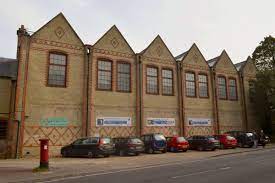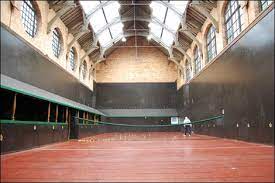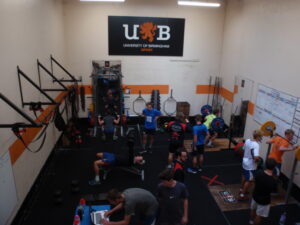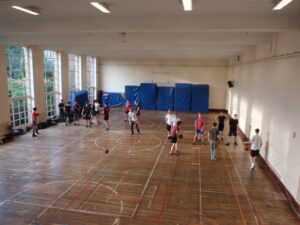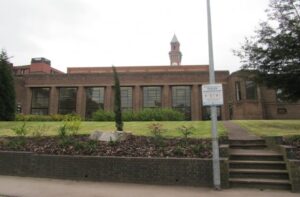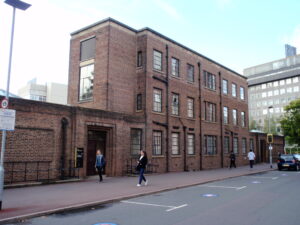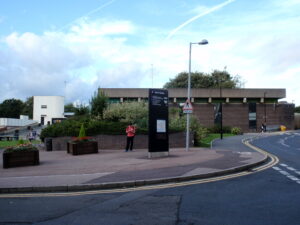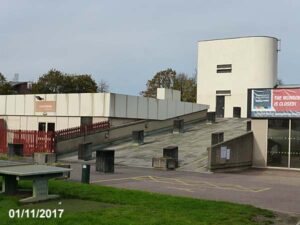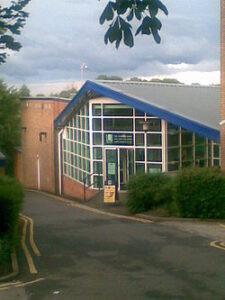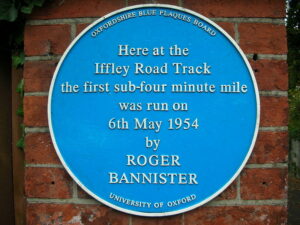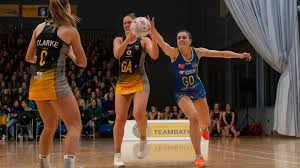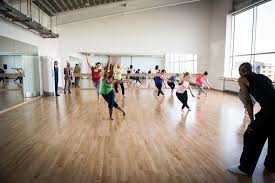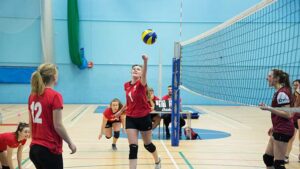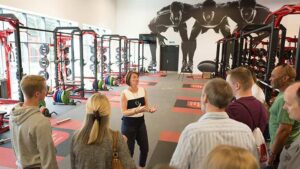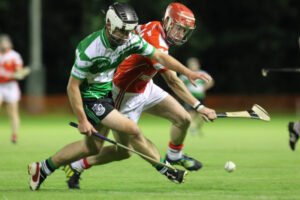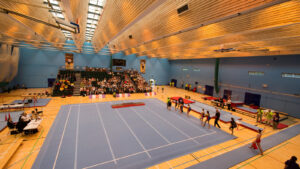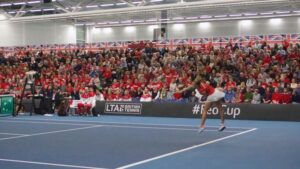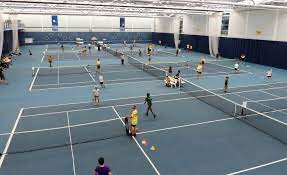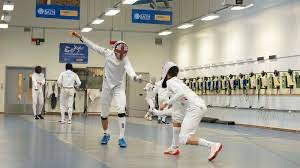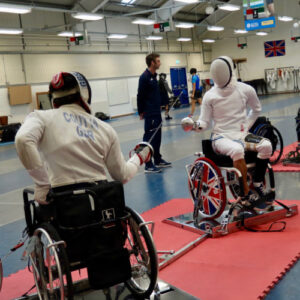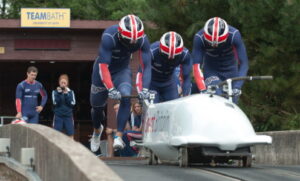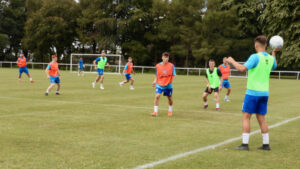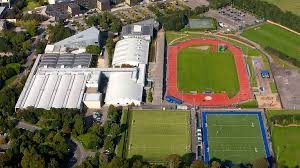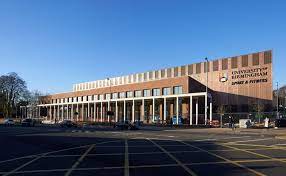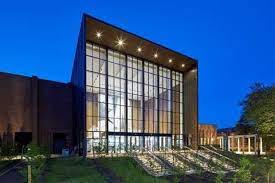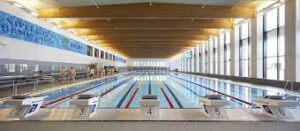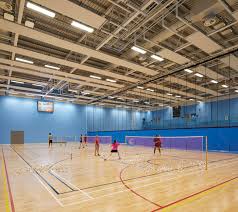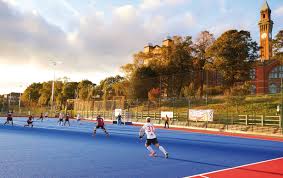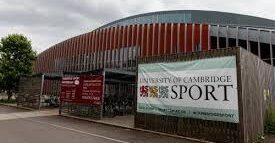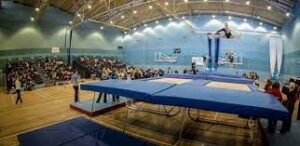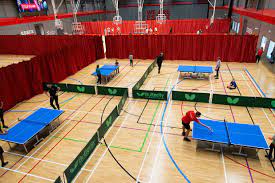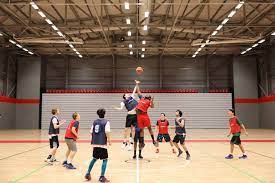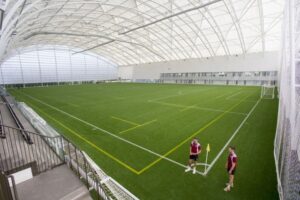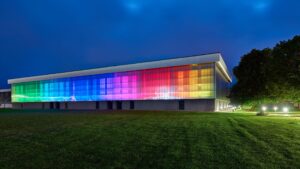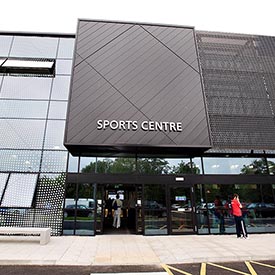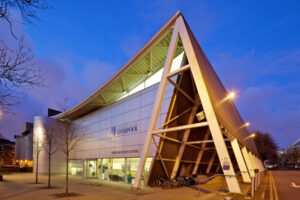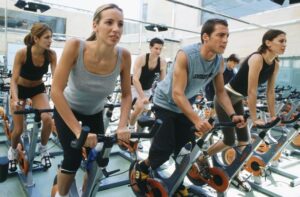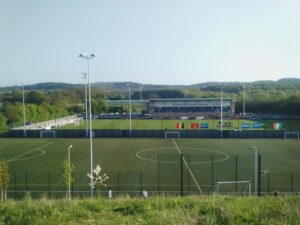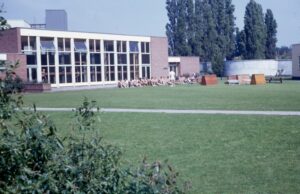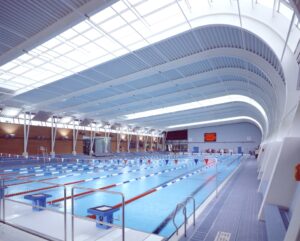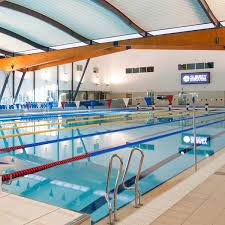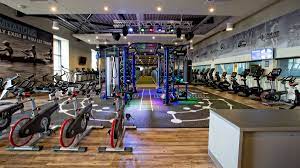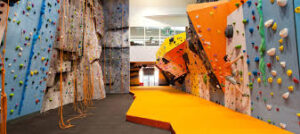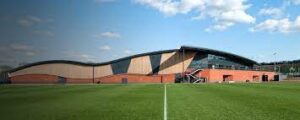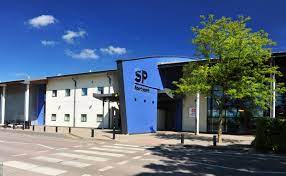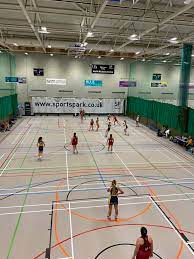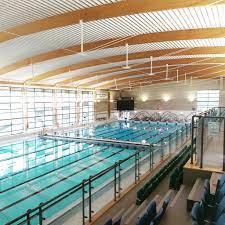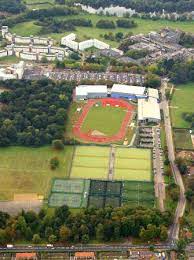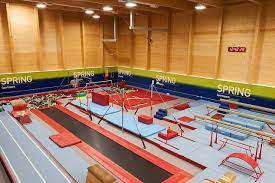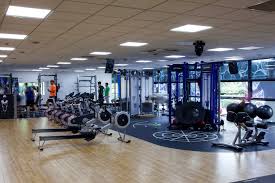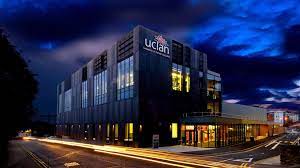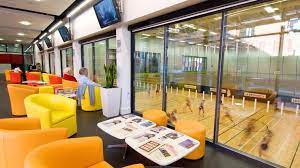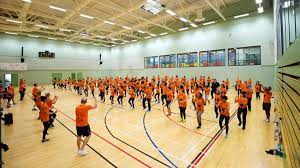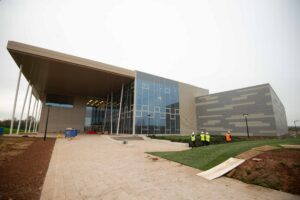Newcastle University recently invested £30m overall into brand-new and refurbished sports spaces. It provides a good example of the synergy between curriculum studies, academic research and student sport. Phase I started in October 2019 with the redevelopment of the existing Cochrane Sports Centre. This provided an expanded 200-station gym with full range of free and fixed weights. It also boasts functional rig and benches, cable machines, and extensive cardio and spin cycling areas. A 50-station strength and conditioning suite and mind body and exercise studios adds to the existing sports hall and changing rooms. It also boasts modern facilities for teaching and research as part of the Sport and Exercise Science Degree programmes. These include biomechanics and exercise physiology laboratories, a gait track, environmental chamber, nutrition kitchen and analysis suite.
Phase II was completed in 2020. The new Cochrane Park sports hall provides:
- A 200-station fitness gym with full range of free and fixed weights
- four brand-new exercise studio spaces, including a spin cycle studio
- four glass-backed squash courts
- an eight-court sports hall with a basketball ‘show court’ and viewing balcony
- a high-performance 50-station strength and conditioning suite
- meeting room and office space
- three new high-tech artificial pitches and
- includes changing rooms, physiotherapy and seminar rooms, a rowing ergo and training area.
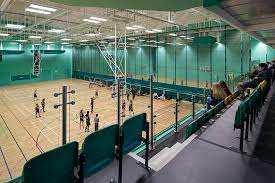
Nottingham University
Nottingham‘s £40M David Ross Sports Village opened in Autumn 2016 and is the redevelopment of the University Park Sports Centre. The sports village has been supported by a significant commitment from Nottingham alumnus and Carphone Warehouse founder – David Ross, taking his total support for the University beyond £10 million. The facilities provided are: – sports hall – 4 large standard halls / 20 badminton courts; 25m swimming pool; 12m climbing wall; 6 squash courts and an all-glass court; martial arts dojo; table tennis/archery /fencing salle; snooker room; 10 team changing rooms; Clubhouse Café; 200-station fitness suite; spin studio; two dance studios; Finnish sauna and steam room; and outdoor pitches – full-sized 3G rubber crumb pitch and full-sized sand dressed pitch; 3 netball courts; 3 tennis courts plus sports Injury clinic; hydrotherapy pool; 60m sprint track and training area and private consulting rooms.
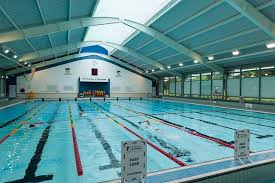
Nottingham University
For Oxford University Roger Bannister’s Iffley Road track and the wider site remains the focus. The Sports Centre there is home not only to the famous athletic track but also 3 gyms: an outdoor gym by the track; a Main Fitness Gym; and a performance gym for student athletes and teams. Then there is the Rosenblatt swimming pool, the Acer Nethercott sports hall, a cricket centre, rowing gym, tennis and squash courts. There is also a floodlit water-based hockey pitch at Fletcher Field, which is accredited by England Hockey.
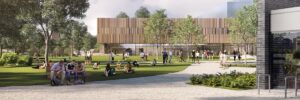
Ravelin Park
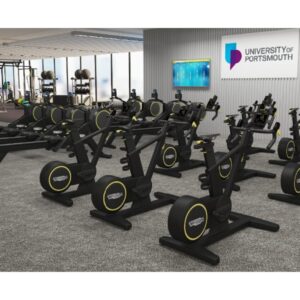
Ravelin Park
The University of Portsmouth has developed the outstanding £57M Ravelin Sports Centre that is due to open now in 2022. The sports centre, next door to the University Library, is part of a £400M scheme to provide new student accommodation and transform and improve the city centre. The Ravelin Centre in the historic Ravelin Park in Old Portsmouth, has an outstanding BREEAM rating, and many energy saving features. It was designed by Faulkner Brown and the overall site extends to 11,009 sq.m. The Centre is to open to everyone and the superb facilities feature an 8-lane swimming pool, ski simulator, 8-court sports hall, multi-purpose studios, a climbing wall, squash courts, and a 175-station fitness suite with all the latest personal fitness gizmos, streaming services and social media. There is a café, and also on the site are an urban orchard and underground car park.
Sheffield Hallam University Sports Centre is located 5 miles north of the University campus. The £6M sports park development has high quality floodlit football and rugby pitches, along with 3G artificial pitches plus the Graham Solley Pavilion balcony for viewing. It is one of Yorkshire’s largest outdoor sports centres. The Park is also well used by the public, including Sheffield United. Cricket Club. The other two sports sites are the City Campus with a sports hall and the Collegiate Campus which has a sports hall, fitness conditioning suite, a gymnasium, a movement studio and the University’s physiotherapy clinic. There is also the Woodbourn Athletics Stadium From Sheffield’s World Student Games days. The English Institute is also accessible to the University.
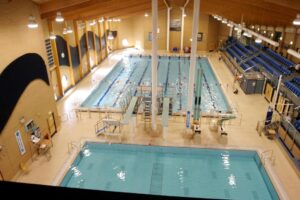
The Quays Southampton
Southampton University satisfies its student and staff sporting demands by providing a wide range of University facilities with some agreements in addition for access to some City facilities. The University had extensive outdoor pitches at North Stoneham, which dated from the 1950s. It also had an indoor gym/sports hall and squash courts by 1967. Today it operates the Jubilee Sports Centre, it’s main indoor facility (hall and pool – provided in 2004 at a cost of £8.5M with refurbishments in 2009). The Wide Lane Sports Ground was refurbished in 2005-6 with artificial floodlit pitches at a cost of £4.3M. The University Watersports Centre is next to the River Itchen and in 2015 it opened the city centre Mayflower Gym. The University has student and staff arrangements for use of the City’s Quays Swimming & Diving Centre. In 2021 the University started a planning process for further improvements to its indoor and outdoor facilities.
As part of a £100M estate development, Solent University opened a new sports complex in 2019. It provides two sports halls, which include performance, events and multi-purpose facilities, a 6-lane 25m pool, 90-station gym with 40 cardio pieces, a dedicated high performance gym and fitness studios.
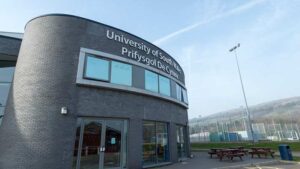
University of South Wales
The University of South Wales Sports Park is a 30-acre site located in Treforest, Pontypridd. It has a range of high profile facilities and user groups. In particular it has a FIFA standard 3G football pitch with an indoor GPS notational analysis suite, a strength and conditioning room, an all-weather pitch, a second 3G pitch and numerous grass pitches. It is a training base for local clubs and is also used by professional clubs, including the Women’s FA Wales. The Treforest Sports Centre has a main hall, fitness and strength gyms, a studio, squash courts and health suite.
St. Andrews University is Scotland’s oldest university, being 600 years old, but it certainly has modern sports facilities. Saints Sport Facilities, as they are known, are at University Park, which has a tranquil setting that is just a 10-minute walk to the west of the historic town centre and close to student accommodation. The University has invested £14M in the extension and refurbishment of indoor sports facilities, which opened fully in 2016. The new sports arena has 8 badminton courts and tiered seating for 400 and is a large flexible space for a wide range of activities and events. The second activity space is a 4-court sports hall with a technical climbing wall plus a modern open plan 130 station fitness gym. There is also a tennis centre and University Park also has grass pitches, 3G multi-purpose artificial pitches and courts and 6 new changing rooms. Additionally there is a fitness gym provided at Walter Bower House.
Stirling University’s new sports centre cost in excess of £20M and opened in 2020 after two year’s construction. It is linked to the pre-existing facilities of a 50m swimming pool, 6 indoor tennis courts and an 8-court sports hall. It represents the biggest single recreation investment in Stirling in over 30 years. The new centre has weightlifting stations and a cardio-fitness gym, as well as a HITT training room and an indoor cycling studio. A key feature is a 50m indoor track.
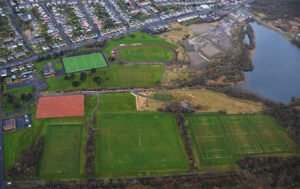
Stepps Strathclyde
Strathclyde University Sport provides a recreational service for students, staff, graduates and associates. The £33M investment in a new sports centre gained Glasgow city planners approval in 2016 and opened in 2018. It was the latest part of a wider £600M campus investment in the decade. The recreation facilities provided are extensive: –
- a six–lane 25m swimming pool with a moveable floor, plus sauna and steam room. It features a poolpod platform lift to assist those with disabilities or limited mobility. It was the first university in the UK to have such a feature
- two 4–court multi–use sports halls
- a fitness suite with 180-station gym, spin and watt bike areas, halo technology, and a strength & conditioning area
- two squash courts
- sports hall
- dance studio
- specialist health facilities, including four consultation and treatment rooms and
- The Stepps Playing Field, just a 15-minute drive from the sports centre.
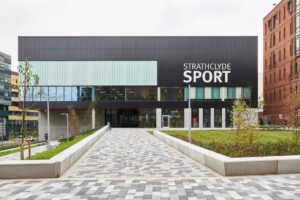
Strathclyde University
Surrey University’s vast sports centre park opened in 2010, costing £36M at that time. It has been a boon to university students and teams as well as the public, with membership offers for them all. Based on the Manor Park campus, Surrey Sports Park is the University’s world-class elite training venue. It is driven by three key principles of performance, participation and personal development. The centre bears comparison with the scale and nature of Birmingham’s centre. It is interesting that the Surrey centre’s public access could possibly be one of the many factors in the long discussed and problematic replacement of Guildford’s large Spectrum Centre building (£28M in 1993) just 2 miles up the road.
The following key facilities have been provided, indoors and outdoors: –
- 50m, 8 lane, Olympic standard swimming pool
- 1,000-seat arena space and additional indoor arena
- 120 station gym and strength & conditioning area with 9 Olympic platforms
- 3 artificial pitches, including 2 x 3G pitches
- Surrey Summit Climbing Centre
- 8 floodlit outdoor tennis courts
- 6 glass-backed squash courts
- Indoor Cycling Studio
- Sauna and steam room
- 2 large exercise and dance studios
- Starbucks
- Bench Sports Bar
